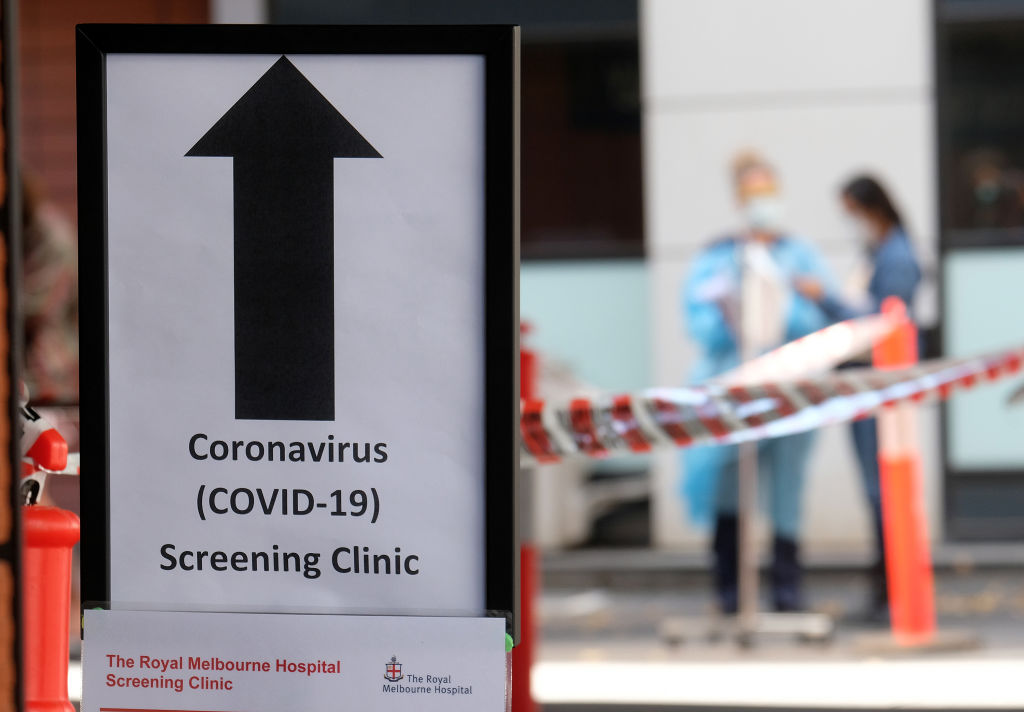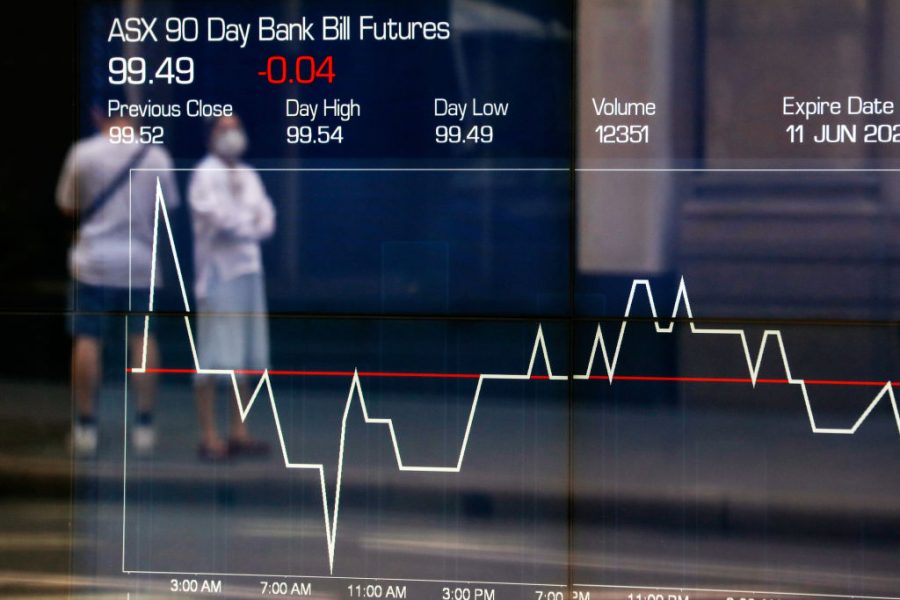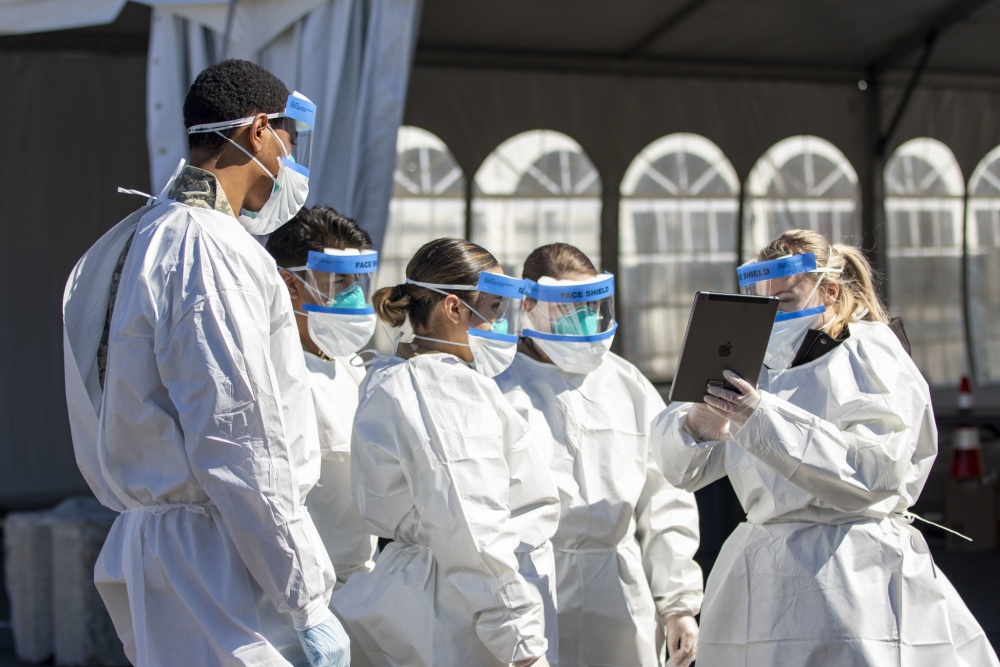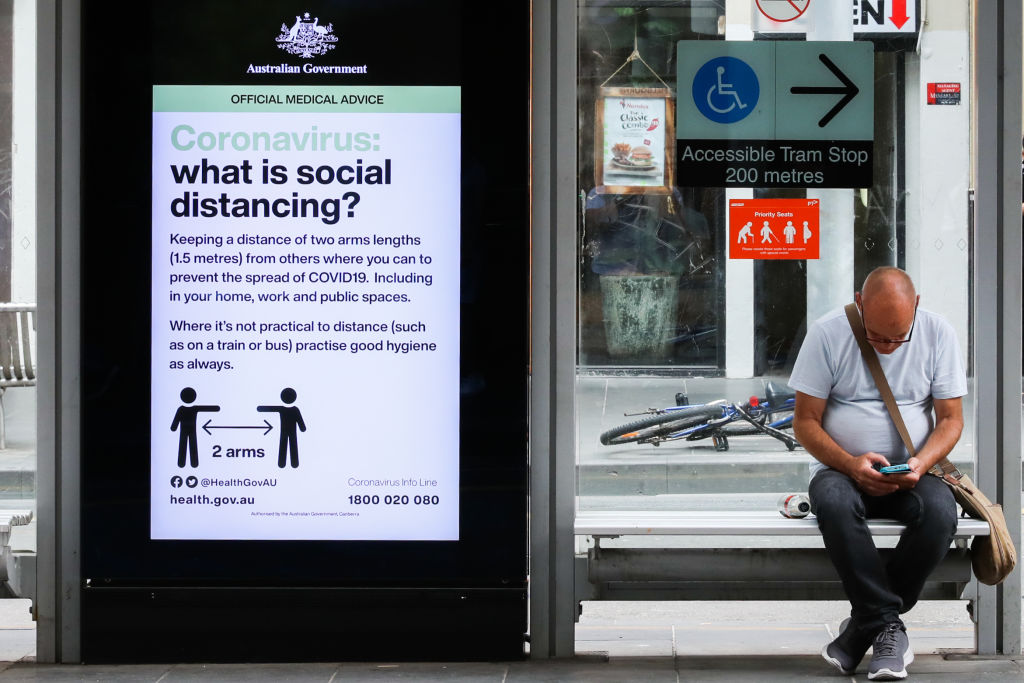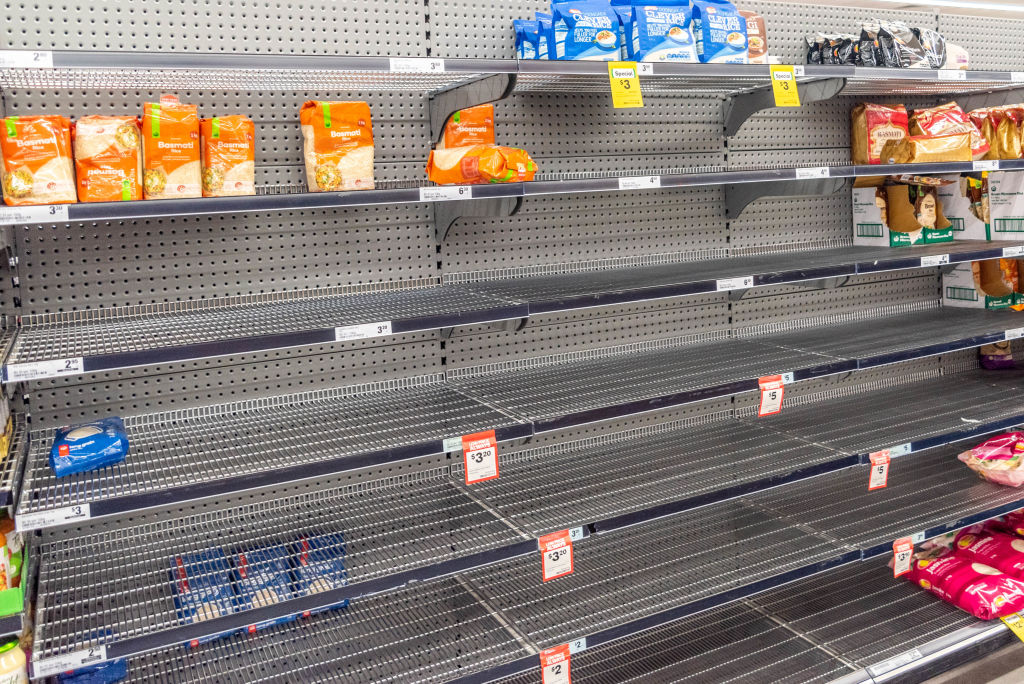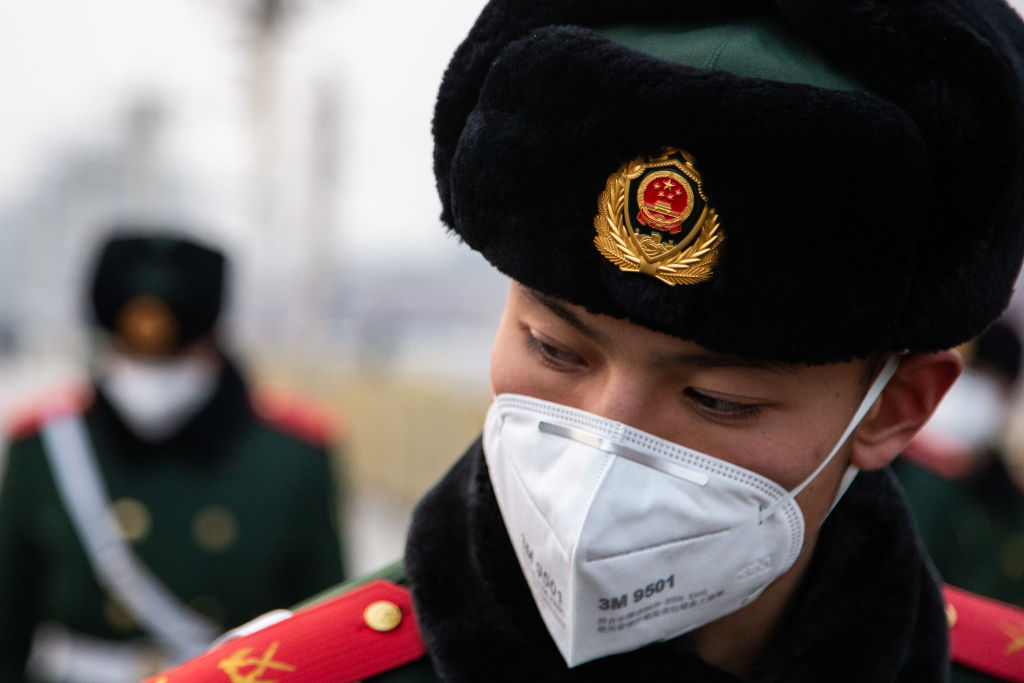New systems needed to stop the spread of the next pandemic
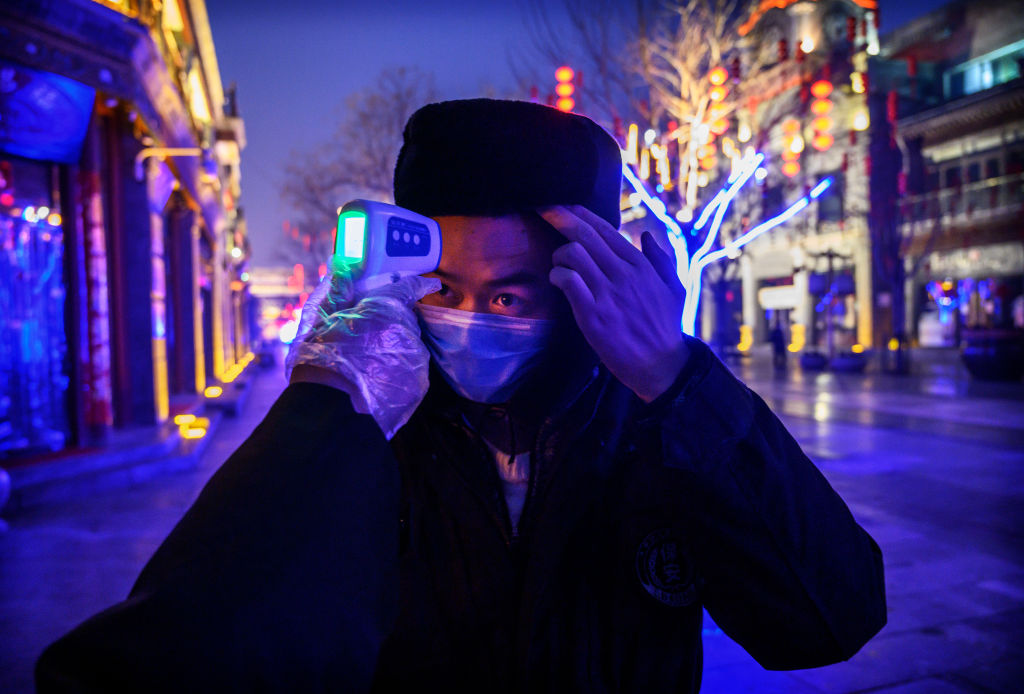
An unprecedented threat demands an unprecedented response. Rarely, if ever, have governments had to shift into crisis-management mode as quickly as they have in the past few weeks. So far, the focus has been on the most immediate medical, political and economic issues raised by the Covid-19 pandemic—as it should be. But gradually, governments’ attention will have to turn to the longer-term consequences of the crisis, and to the need to prevent such disasters in the future.
There have been several severe global health threats in the past two decades. The epidemics of SARS in 2003, MERS in 2012 and Ebola in 2014–16 are just three examples of outbreaks that required a sustained multilateral response. Each episode had its own unique features, but the lessons from all three are similar. Epidemics and the emergence of new diseases become more likely as a result of population growth, urbanisation, deforestation, and production and distribution processes that crowd together many different species. And the expansion of global supply chains and international commerce, not to mention the growth in international air travel, enables contagious diseases to spread around the world more quickly than ever.
Just in the past decade, the World Health Organization has had to declare a health emergency no fewer than six times. Clearly, we haven’t taken the steps needed to meet new outbreaks with the kind of rapid, decisive action that could have prevented the coronavirus epidemic from spiralling out of control.
It’s worth remembering that when SARS (which was also caused by a coronavirus) emerged in southern China in late 2002, the outbreak was covered up for more than a month before the Chinese authorities acknowledged the seriousness of the threat. Likewise, in the early days of the Covid-19 outbreak, police in Wuhan actually silenced medical professionals who tried to raise the alarm, and massive public gatherings were permitted well after the danger of the outbreak had become obvious.
According to one recent study, if Chinese authorities had openly acknowledged the threat and responded properly just three weeks earlier than they did, the spread of Covid-19 could have been reduced by as much as 95%. Because local negligence, ignorance and censorship prevailed at the critical moment, the entire world is now paying an enormous price.
While the WHO has undoubtedly played an important role in combating global health threats over the years, it, too, has faced criticism for being overly bureaucratic and slow to respond. Indeed, during the Ebola crisis, it was the United States, not the WHO, that stepped in to prevent a wider disaster.
In any case, even if the WHO’s performance this time turns out to have been impeccable, it is already obvious that we need a much stronger global mechanism to deal with the threat of pandemics. Stumbling from one crisis to another simply isn’t an option. Covid-19 is the worst pandemic since the outbreak of so-called Spanish flu in 1918, and there’s no reason to believe that the next one won’t be even worse.
Among other things, a new global institution would need to have the authority and the means to intervene as intrusively as necessary to stop a contagious outbreak in its tracks. Reaching an agreement on such a mechanism will not be politically easy, but it is clearly needed to prevent petty diplomatic disputes from hampering global pandemic response efforts.
In the current crisis, even after it was obvious that Covid-19 would reach the level of a pandemic, China still has seen fit to bar Taiwan from global discussions on how to respond. Similarly, the US has continued to pummel Iran with sanctions, making it harder for that government to manage the epidemic within its own borders.
This behaviour is simply unacceptable from a humanitarian as well as a macroeconomic perspective. What would happen if the next highly contagious novel virus emerges in Taiwan or Iran? If there are unnecessary hurdles blocking an immediate response, we’ll be right back where we are now.
Under the current framework, the duty to report new contagious threats to international authorities like the WHO rests with national governments. One critical reform, then, would be to extend that duty to medical and public-health personnel at all levels—that is, from states to individuals. In addition to reducing the time it takes for a multilateral response to shift into gear, adopting a universal ‘responsibility to report’ would make it more difficult for local or national authorities to suppress information they consider inconvenient.
With national borders being closed in response to the Covid-19 crisis, some commentators are already arguing that the era of globalisation is over. But the trends in population growth and urbanisation will continue, and viruses will not suddenly start carrying passports or observing national borders. In the past decade alone, viral threats to global stability and prosperity have emerged from China, West Africa and Saudi Arabia, which suggests that the next one could originate just about anywhere.
Now is the time for the world to come together and agree on a new, more effective early warning and response system. This pandemic was avoidable. There can be no excuse for not doing everything in our power to prevent the next one.

